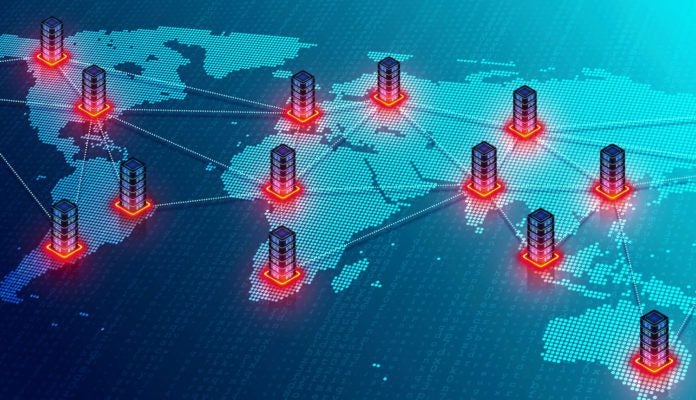Edge computing is a distributed computing architecture in which data computation occur as close to the originating source as possible – at “the edge,” hence the name. The processing of client data at the edge reduces the costs associated with transmitting raw data to the cloud or enterprise data centers, as is the case with traditional cloud computing.
This capacity to get closer to the source of data creation is growing in importance. Businesses and consumers will generate 463 exabytes of data daily by 2025. In response, organizations are gathering as much data as legally possible to analyze and extract meaningful insights.
The analysis of consumer data at the edge, for example, reveals trends, associations, and patterns that may aid in business growth, such as bettering existing products or exploring a new market theme.
While oceans of data are available to collect and analyze, traditional cloud computing is not the full answer to handling current data computation requirements. Therefore, edge computing is forecast to see remarkable growth in the years ahead.
Also see: Cloud vs. Edge: What’s the Difference?
Benefits of Edge Computing
Edge computing addresses the shortcomings of traditional cloud computing while also working in tandem with cloud. By bringing computation to the edge network (an edge server, a user’s computer, or an Internet of Things device), edge computing minimizes the long-distance transmission of client data to the cloud or a centralized data center.
Instead of transmitting all raw client data to a central data processing unit, only the result of computation at the edge network is transmitted. This includes equipment maintenance predictions, real-time business insights, and other actionable answers.
Hence, edge computing helps mitigate issues the traditional computing paradigm faces, such as unpredictable network disruptions, latency issues, bandwidth limitations, and high costs. This net benefits include lower cost, greater reliability, and a faster pace of data mining.
Also see: Best Cloud Services Providers
Edge Computing Use Cases and Examples
Edge computing use cases include:
- Manufacturing: Using edge computing to monitor manufacturing can help manufacturers make quicker, more accurate business decisions regarding manufacturing operations and factory facilities, resulting in better overall product quality.
- Retail businesses: Retail businesses produce vast data volumes from sales data, stock trading, and trend monitoring. Edge computing can help analyze this data and identify potential business opportunities, such as sales predictions and vendor ordering optimization.
- Transportation: Autonomous vehicles gather information about traffic conditions, road conditions, vehicle condition, speed, location, and other vehicles. This data must be aggregated and analyzed while the vehicle is in motion and requires substantial onboard computational power. Hence, each vehicle becomes an edge.
- Healthcare industry: Enormous volumes of patient data are collected from sensors, devices, and other medical equipment. Edge computing helps identify potential problem data that medical experts can use to take immediate, potentially life-saving action.
- Workplace safety: Data from employee safety devices, on-site cameras, and other sensors can be processed at the edge to help organizations oversee employee activity and workplace conditions. This application will find particular use in enforcing personal safety and monitoring employees working in remote/dangerous environments.
- Network optimization: Edge computing can be used to determine the most dependable, low-latency network path for each user’s Internet traffic.
Trends in Edge Computing
Here are the edge computing trends to look out for in the years ahead:
- IoT: IoT is the quickest growing sector of edge computing devices. IoT devices include printers, gaming systems, wearables, smartphones, and smart appliances. The rise of IoT devices is expected to fuel edge computing and revolutionize industries such as education and healthcare.
- Customer experience: Using the reduced latency of edge computing, organizations can provide optimal customer experience. Reduced latency helps organizations process customer data in near real-time and build more personal and interactive experiences, such as offline interactions and advanced chatbots.
- Cybersecurity: Technologies such as 5G and IoT are useful in dealing with emerging cybersecurity threats. Traditional cloud computing and storage provide hackers a singular attack hub. In contrast, edge computing devices help diversify this network, hence providing greater protection.
- Working with other technologies: Integrating edge computing with technologies such as artificial intelligence, 5G, and IoT will add greater value to business outcomes. In particular, this combination of emerging technologies – relying heavily on edge – is expected to drive gains in healthcare, workplace safety, consumer monitoring and business data collection.
Also see: IoT Use Cases



